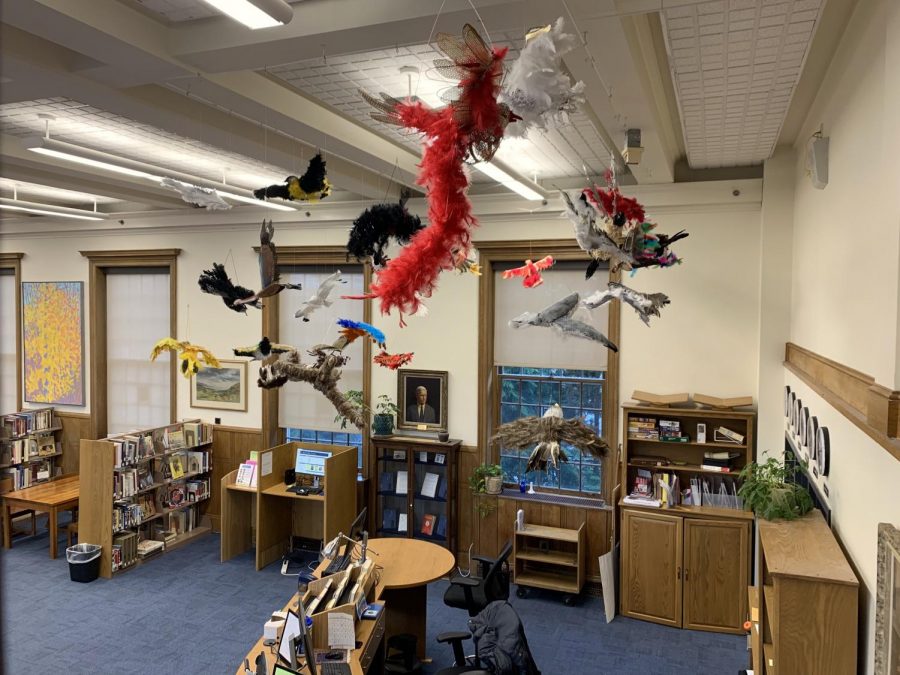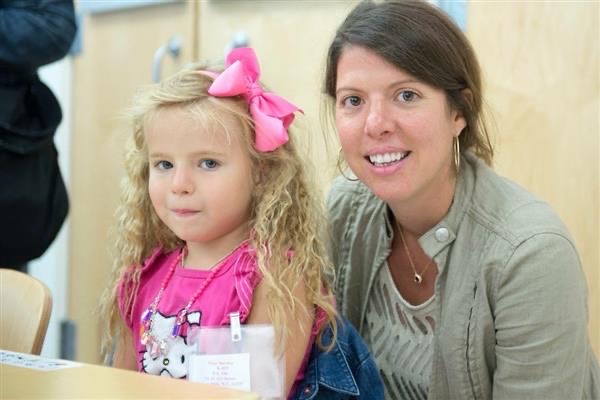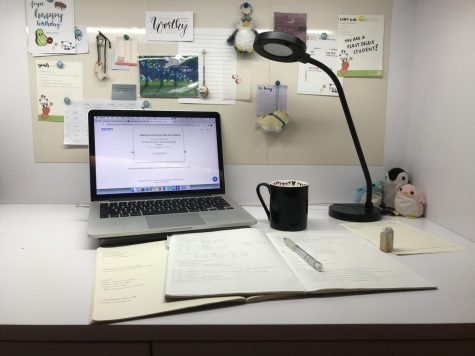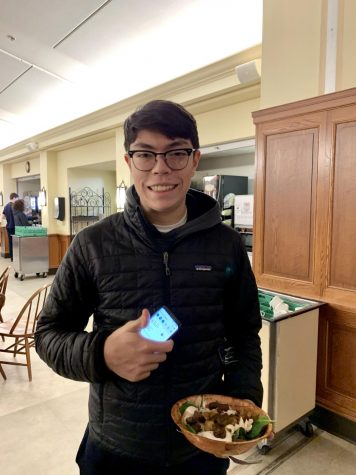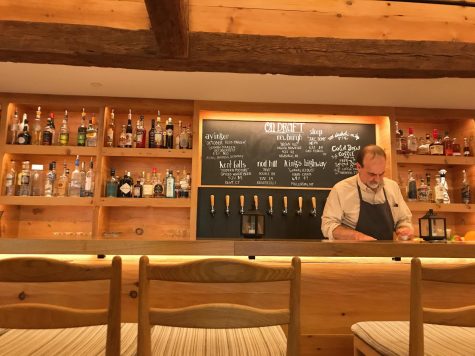Art Survey Work on Display
April 20, 2019
Each year, Ms. Lynch, head of the Arts Department, develops ideas for the Art Survey classes that are held every term. “We have one project each term that is collaborative, and in tandem, one project that is more individual.” Art Survey has carried this model for the past twenty-two years. Each collaborative project is intended to be either a campus exhibit or a semi-permanent display that will stay for several years.
In the Fall, for their collaborative project, students created ceramic bowls and salt and pepper shakers that were auctioned during Parents Weekend to raise money for charities such as Heifer International.
During Winter Term, students ushered in spring with their individual paintings. Currently, on display in the Walkway Gallery, a collection of paintings of early spring flowers brighten up the space. Winter also brought a much larger undertaking; for their collaborative project, students used wire, foam board, and feathers to craft model birds of various different builds, sizes, and colors.
“This project was definitely a special one,” says Ms. Lynch. “The idea was in part inspired by Father Voorhees. He identified by Falling Hawk, and this is a subtle nod to the people who know. We miss our friend.”
The birds were installed, with “special thanks to Mrs. Voorhees for supporting us,” above the circulation table of the John Gray Library. In various angles of flight, the birds soar above the patrons of the library, and will be displayed for “a few years to come.”
Looking towards the end products of the Spring Term, students will be making accessories and jewelry from wire, metal, and stones to keep. They will also be working to put together an installation “all about maps and needlework collage painting” designed for the stairwell in Foley, on the side leading down towards the admissions building. This comes at the request of both the History Department and the Headmaster and will be “an exciting opportunity to look at history through the field of geography,” explains Ms. Lynch.


